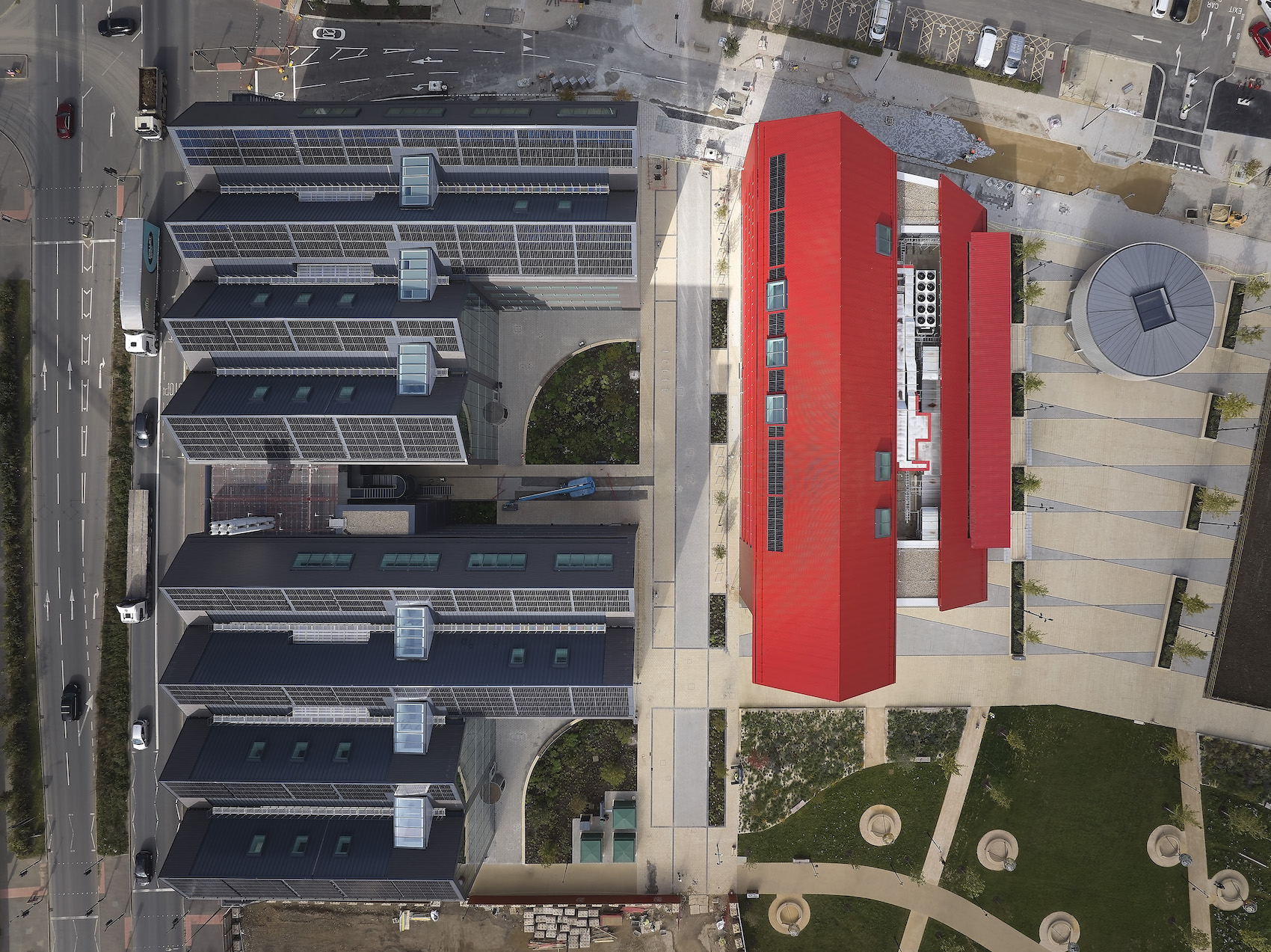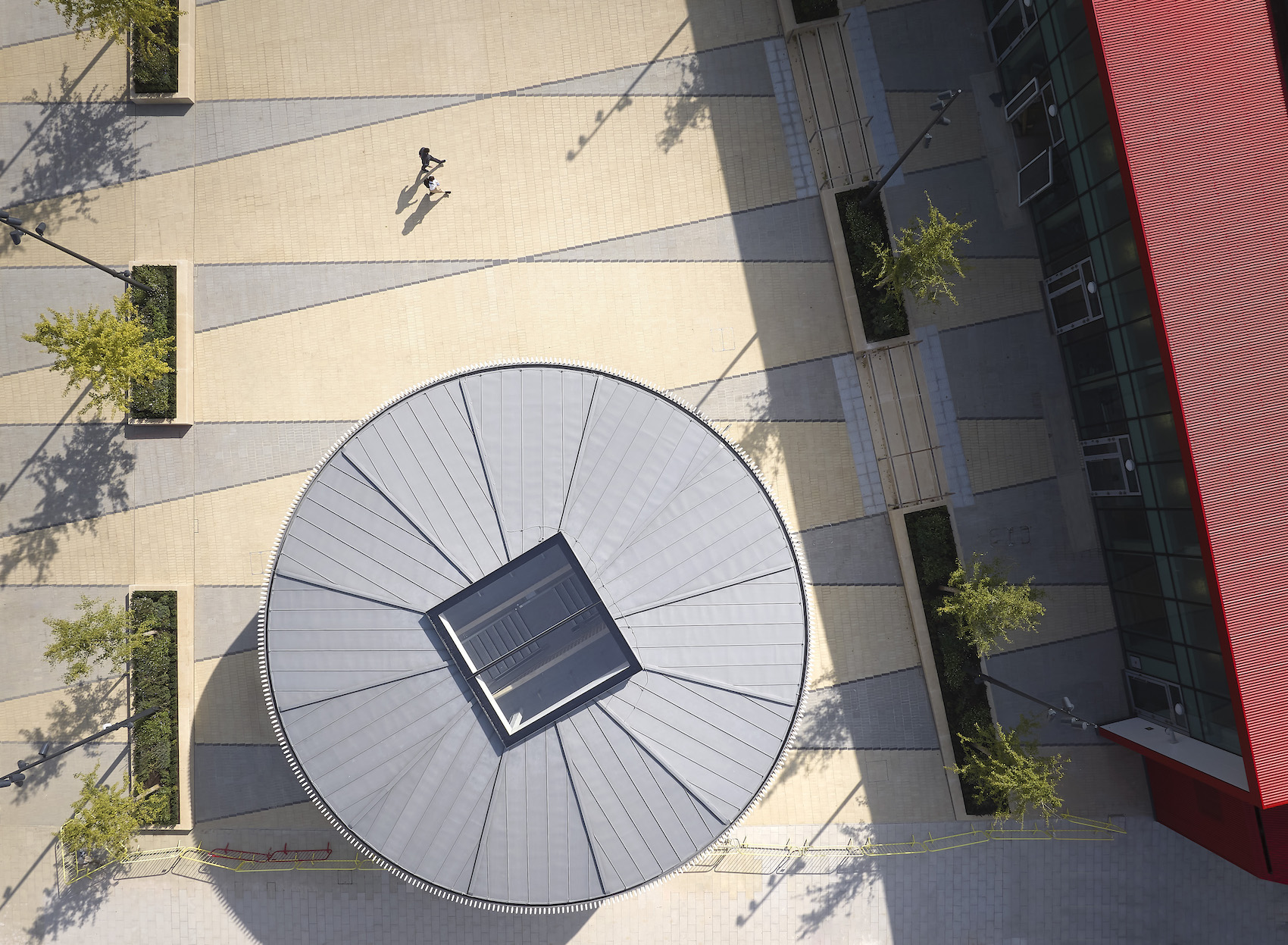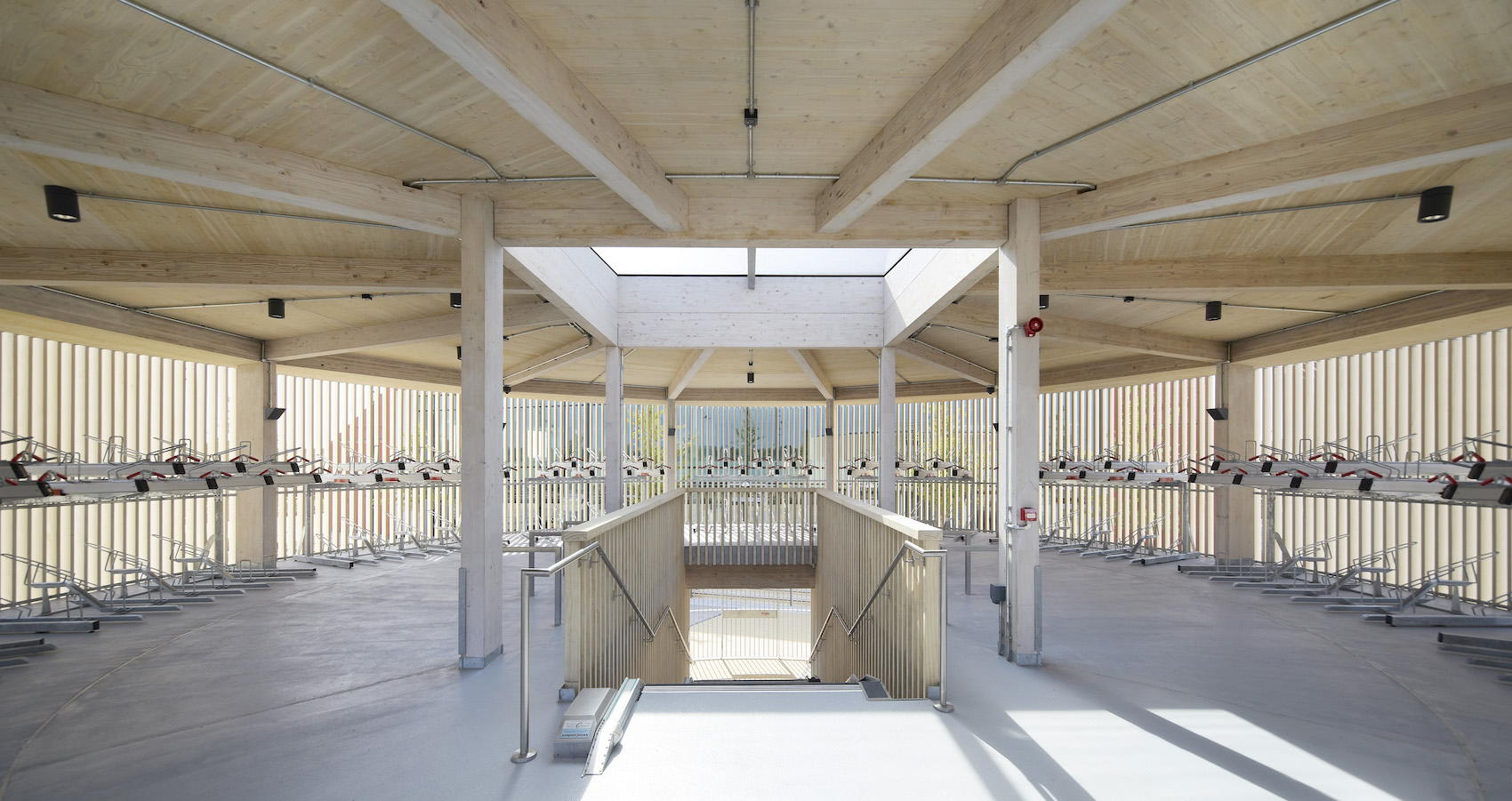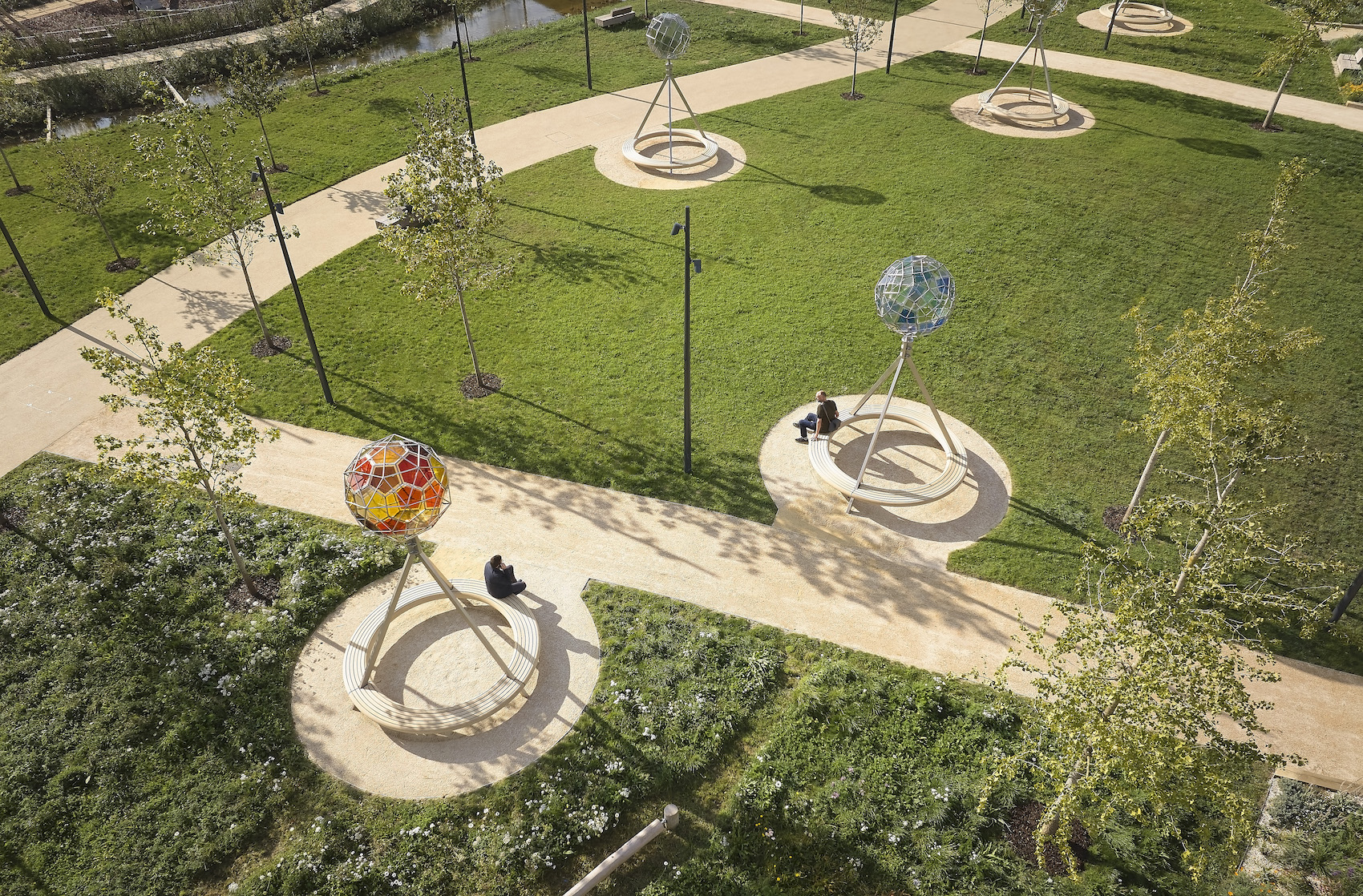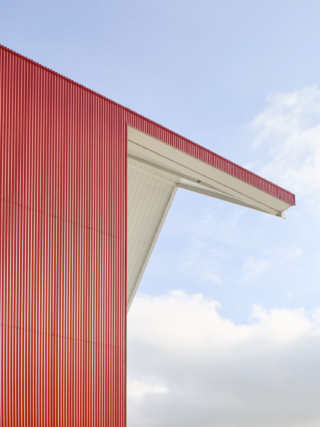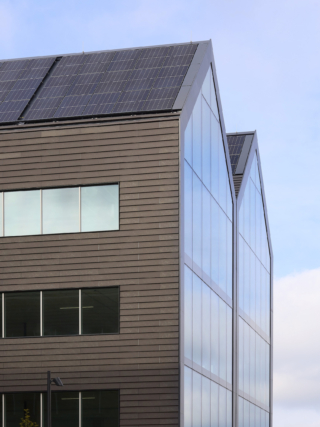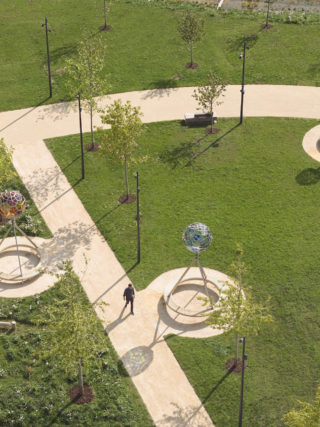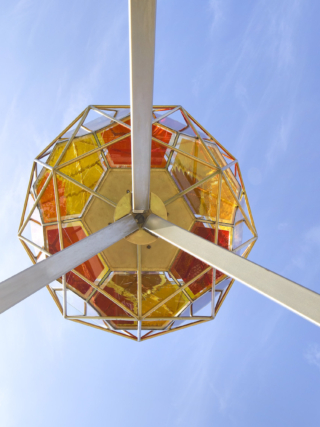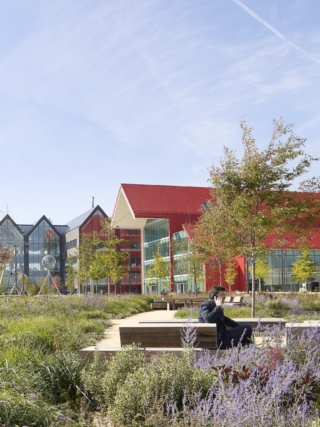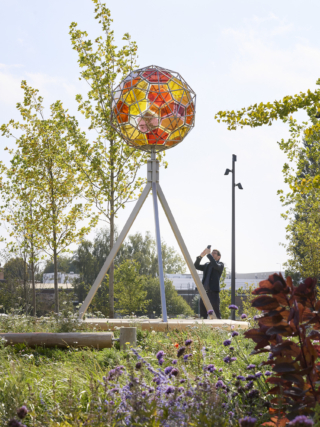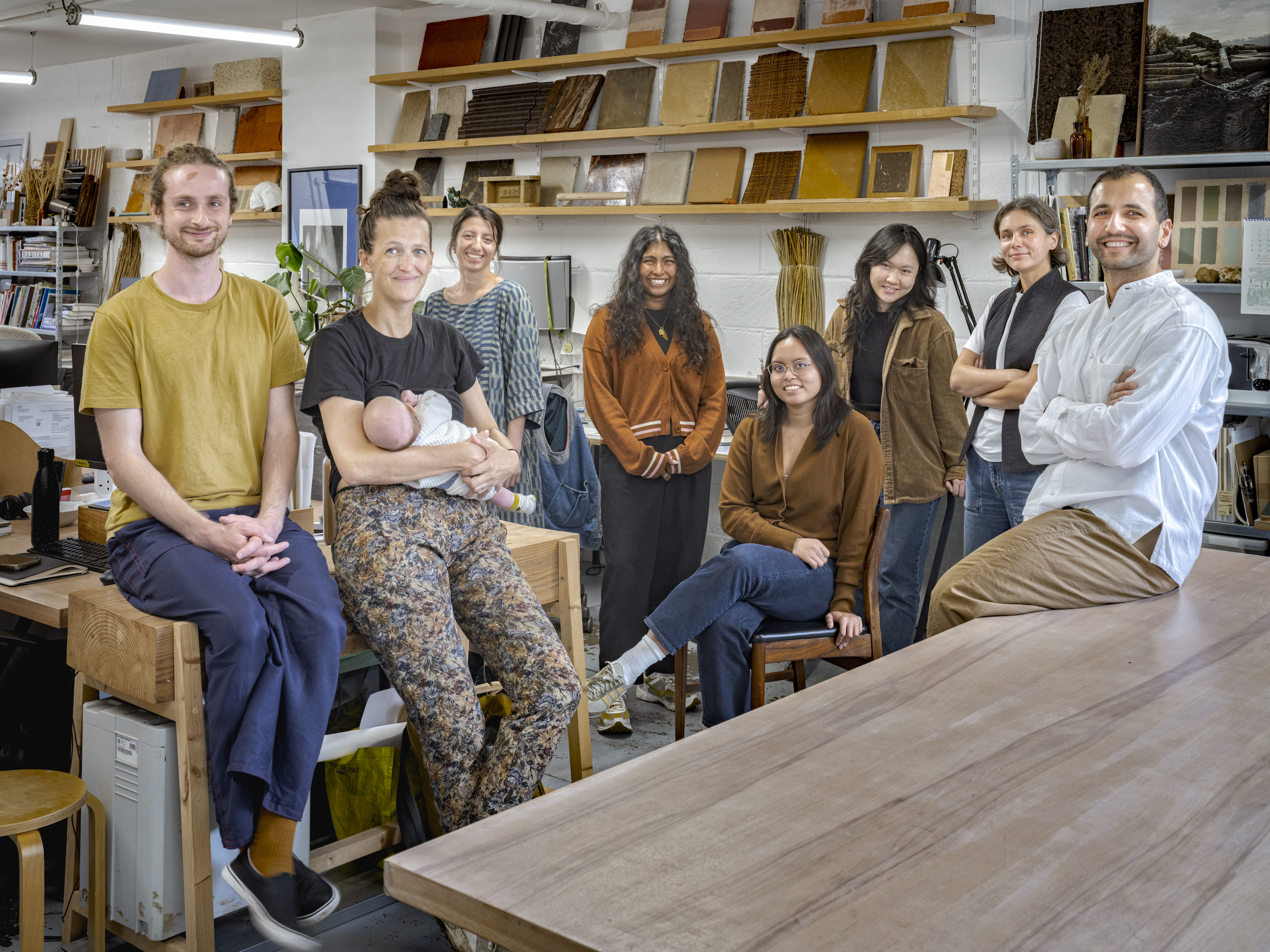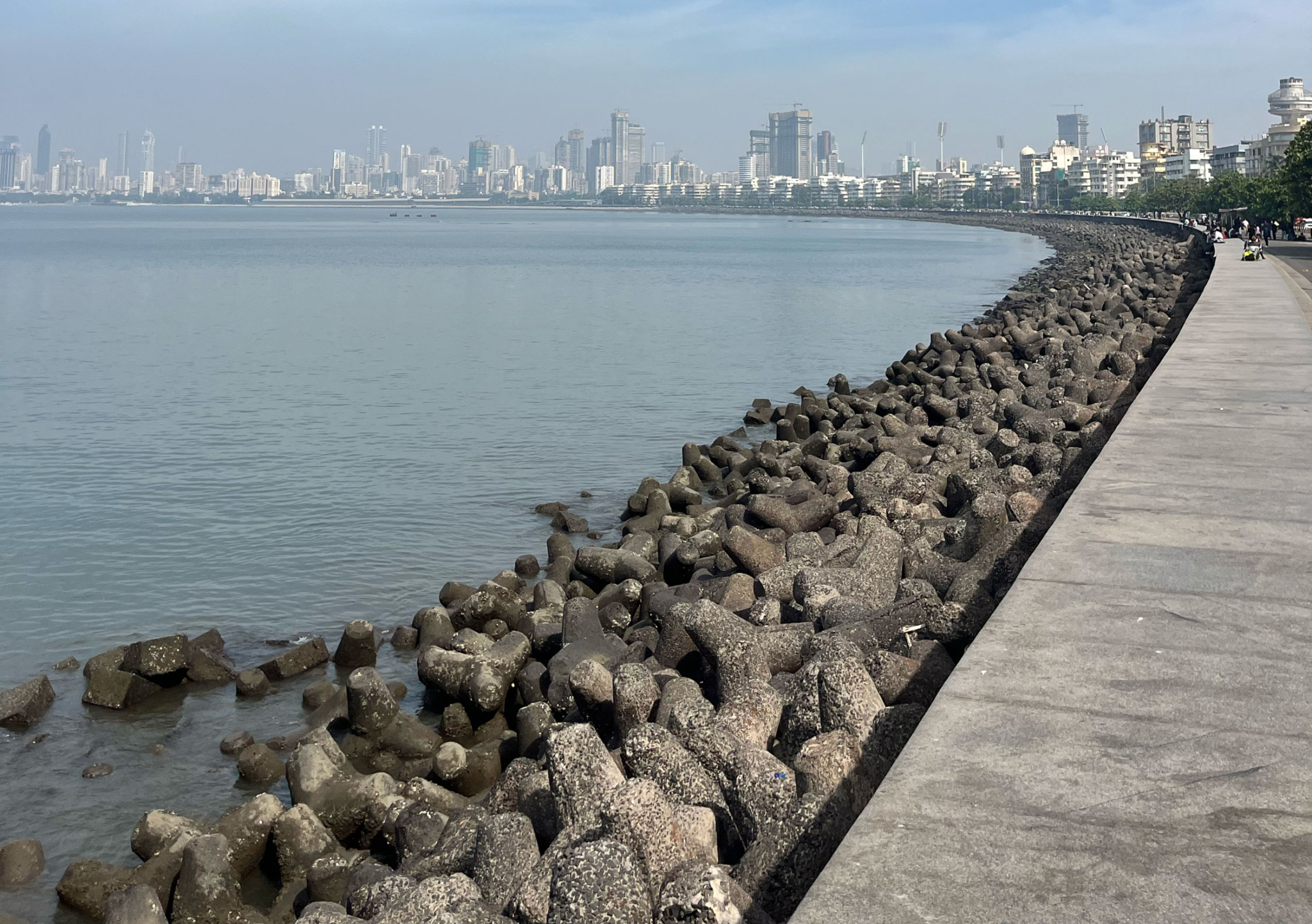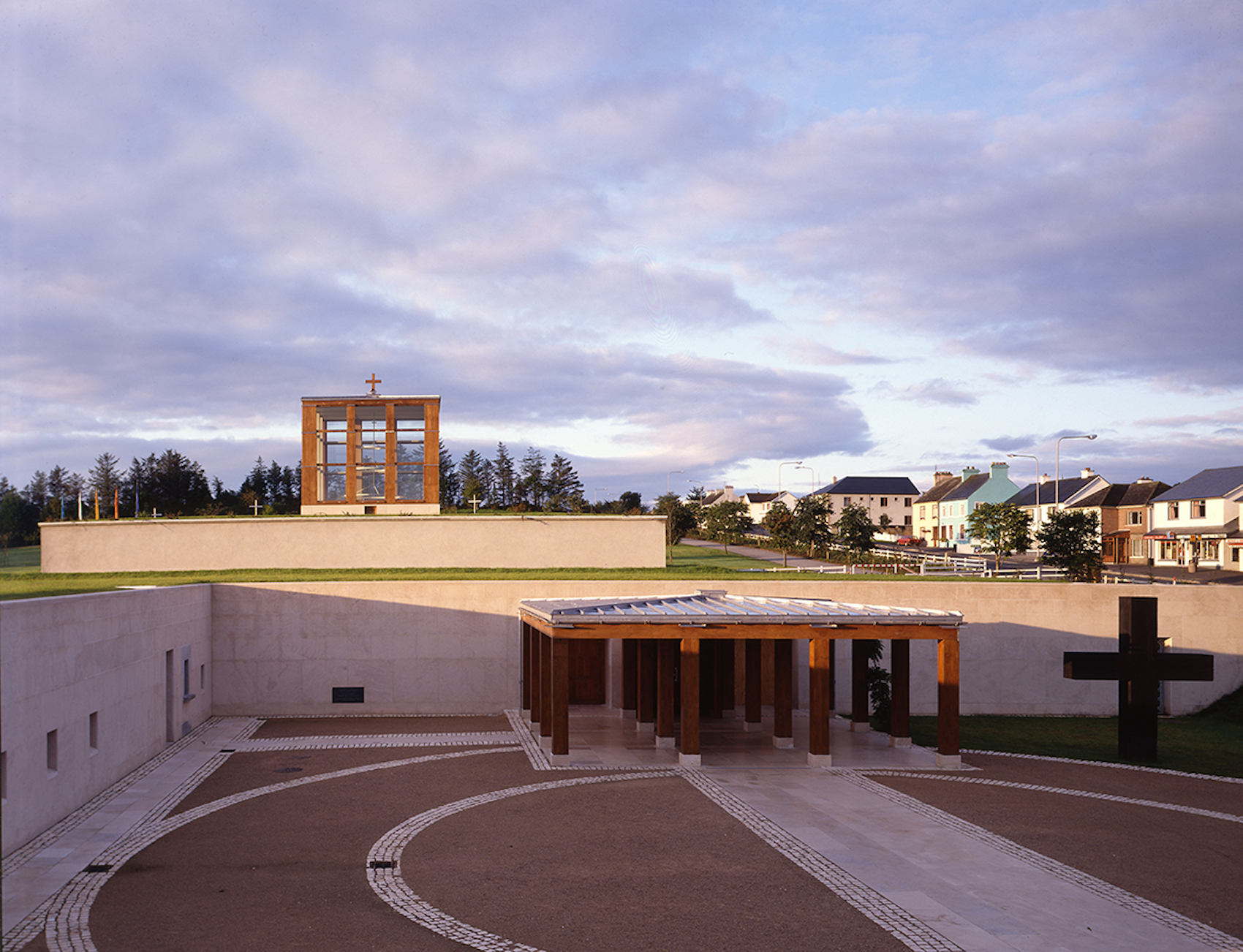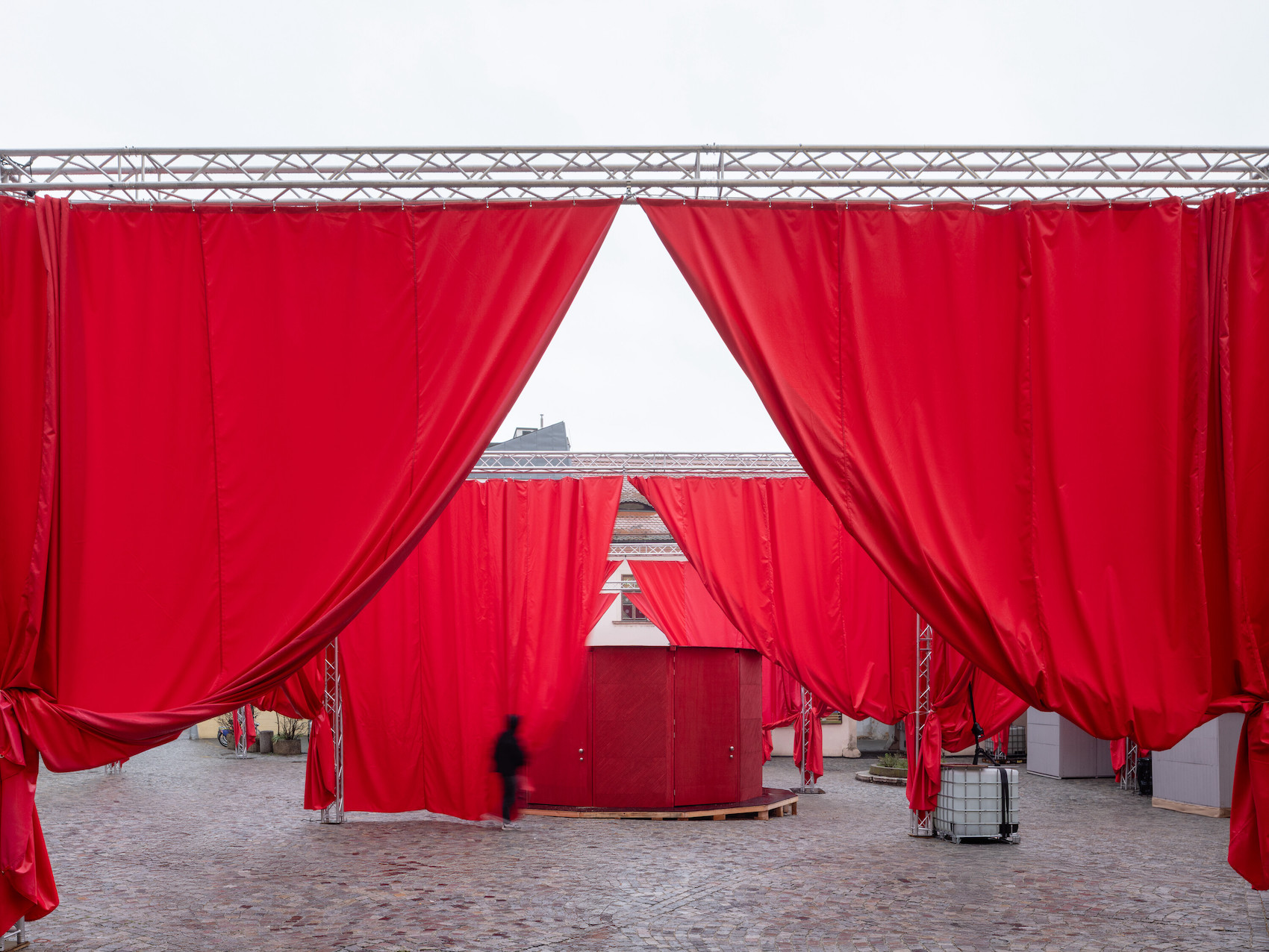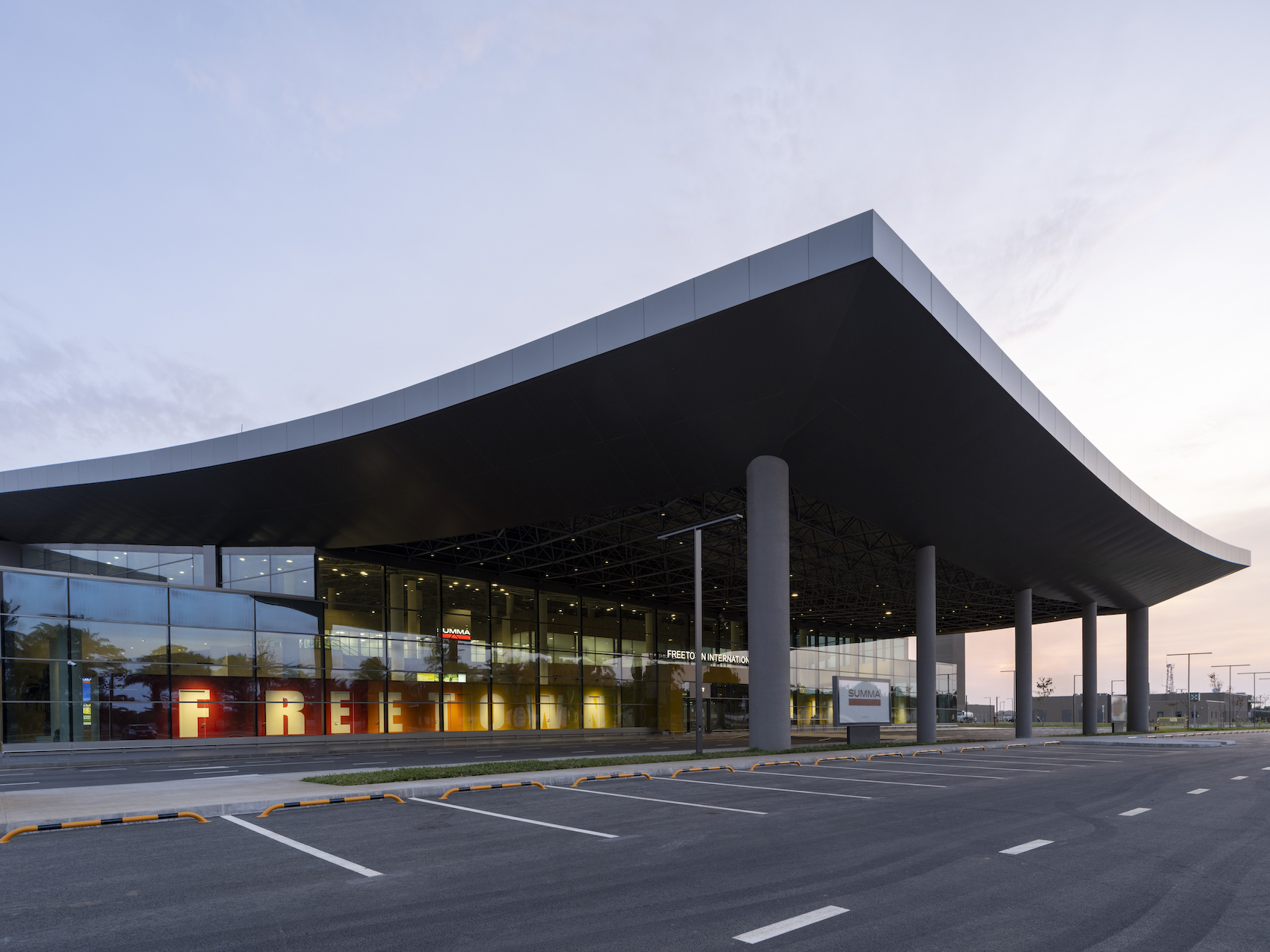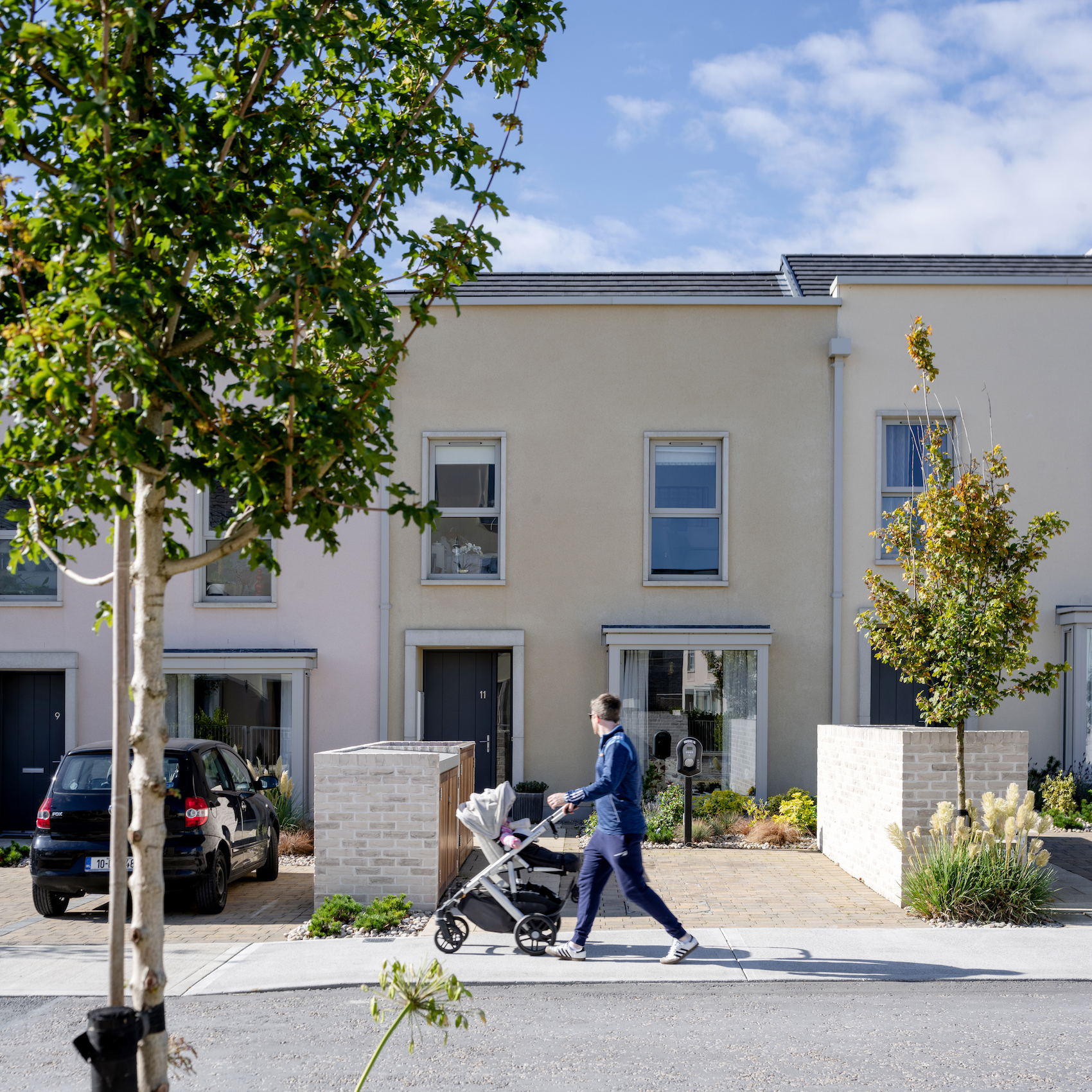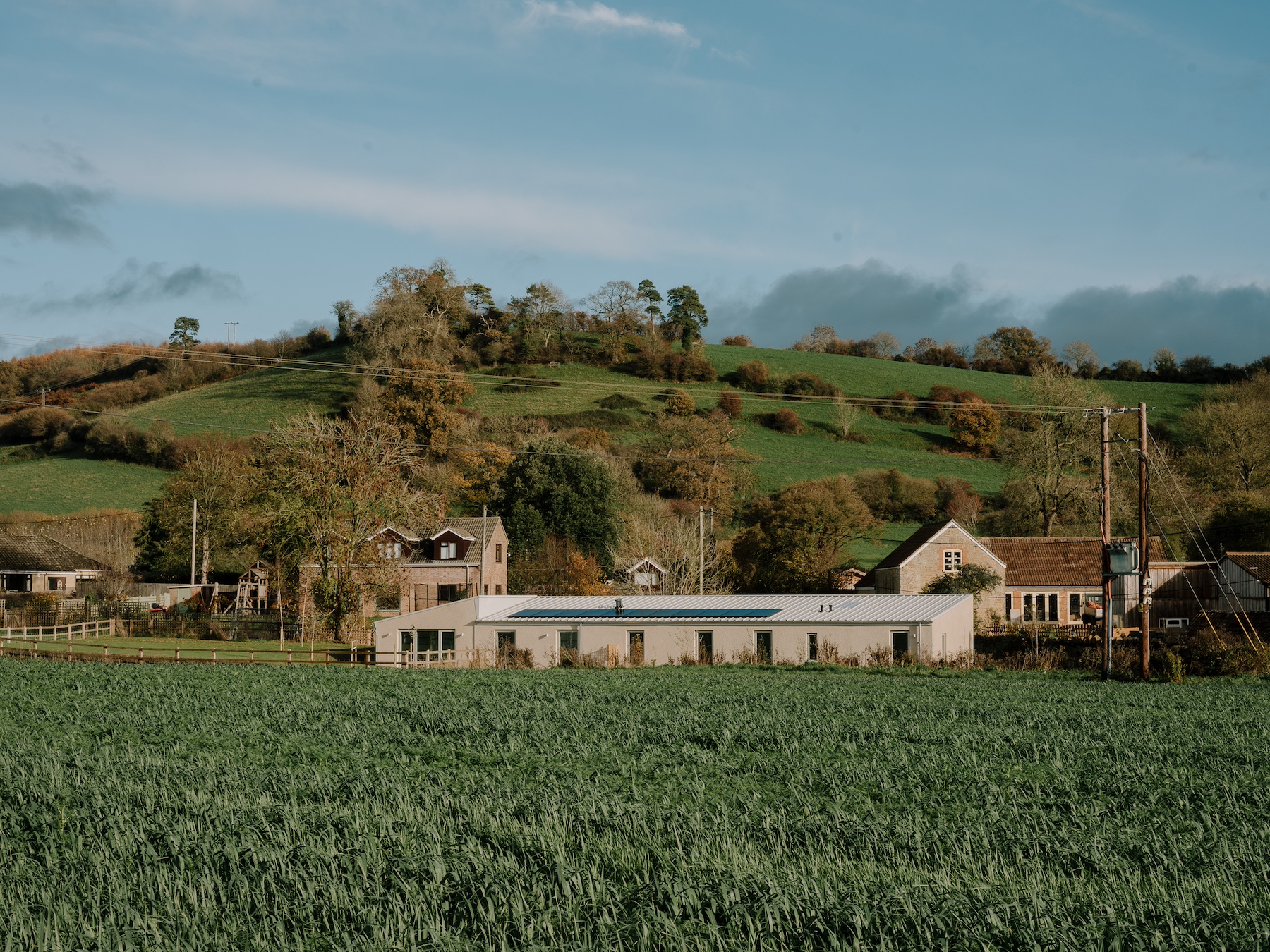Fletcher Priest Architects has completed the first phase of Oxford North, a £1.2 billion global innovation district for life sciences, AI and technology, combining laboratory buildings, workspace and public realm on a landmark site at the edge of the city.
Oxford North, a major new innovation district masterplanned by Fletcher Priest Architects, has officially opened with the completion of Phase 1A. The £1.2 billion development is positioned at a key location in north Oxford, transforming a former greenfield site into a high-density science and technology hub combining purpose-built lab and office space with amenities, parkland and public art.
The scheme is being delivered by Oxford North Ventures – a joint venture between Thomas White Oxford (the development arm of St John’s College), Ontario Teachers’ Pension Plan, and Stanhope. It is designed to accommodate the full lifecycle of science and technology companies, from start-ups and spin-outs to global research organisations, with a particular focus on the growing fields of AI, biotech, quantum computing, and foodtech.
Phase 1A comprises two new laboratory buildings totalling 11,662 square metres, alongside The Red Hall, a 3,066 square-metre four-storey workspace. Designed with flexibility in mind, units range from 185-5,200 square metres, with 1,254 square metres currently being fitted out for occupation in December 2025.
Fletcher Priest’s architectural approach balances scale and adaptability with a strong placemaking strategy. Buildings are arranged around a new 2,000-square-metre central square, with generous public realm, soft landscaping, and a new 0.8 hectare public park (Fallaize Park) at the heart of the masterplan. Amenities include a 100-seat town hall, co-working and touchdown spaces, and an 80-seat café designed to support both tenants and the wider community.
A key feature of the public realm is Your planetary assembly, the first permanent public artwork in the UK by Olafur Eliasson. Comprising eight polyhedral glass sculptures inspired by astronomical models, the work sits in dialogue with Oxford’s long tradition of scientific inquiry and knowledge exchange.
The development aims to set a benchmark for sustainability and social value within the region. Designed with an ambition to be ‘net positive’, Oxford North incorporates passive design strategies, low-carbon materials, and supports biodiversity through its green infrastructure. More than 2,000 construction personnel have worked on the site since August 2021, including over 50 apprentices. The district is expected to contribute £150 million annually in GVA to the UK economy.




